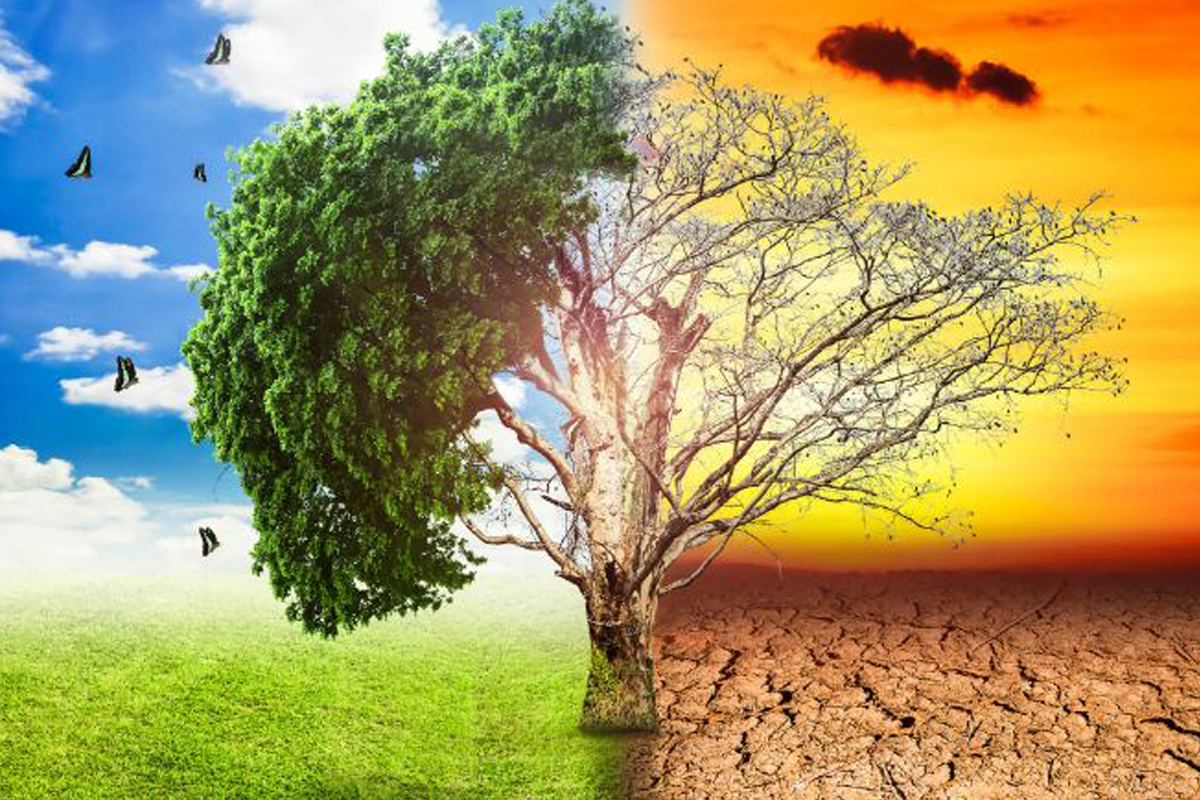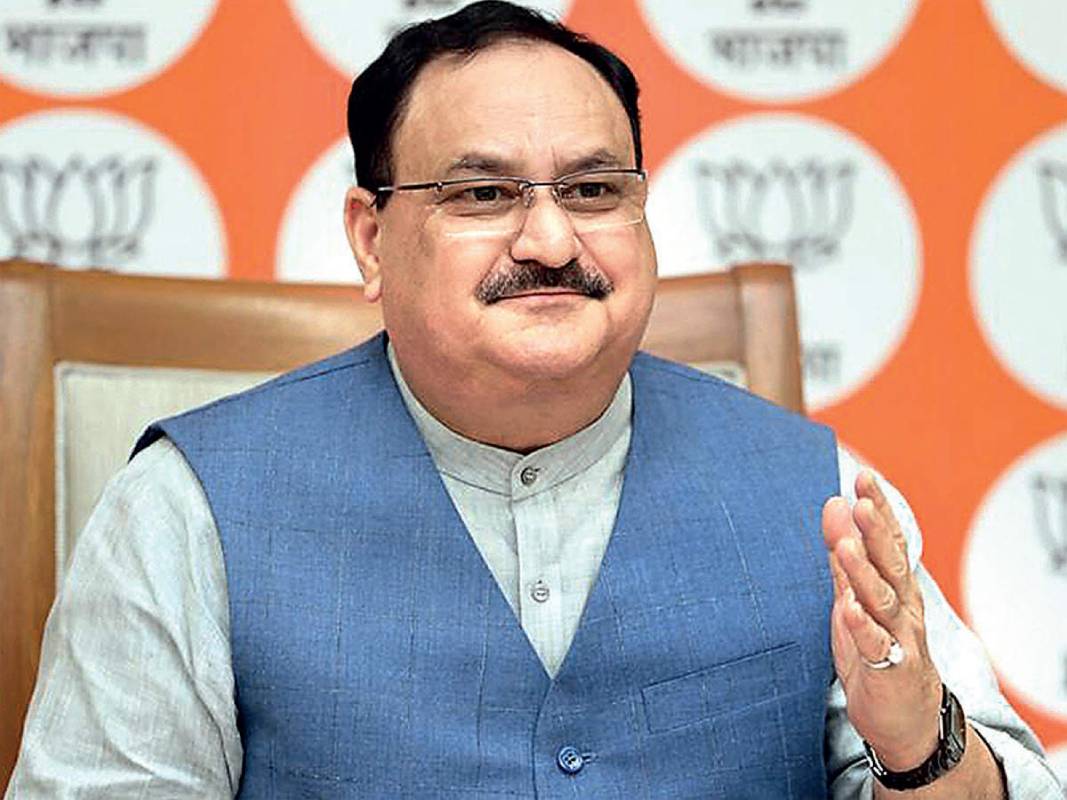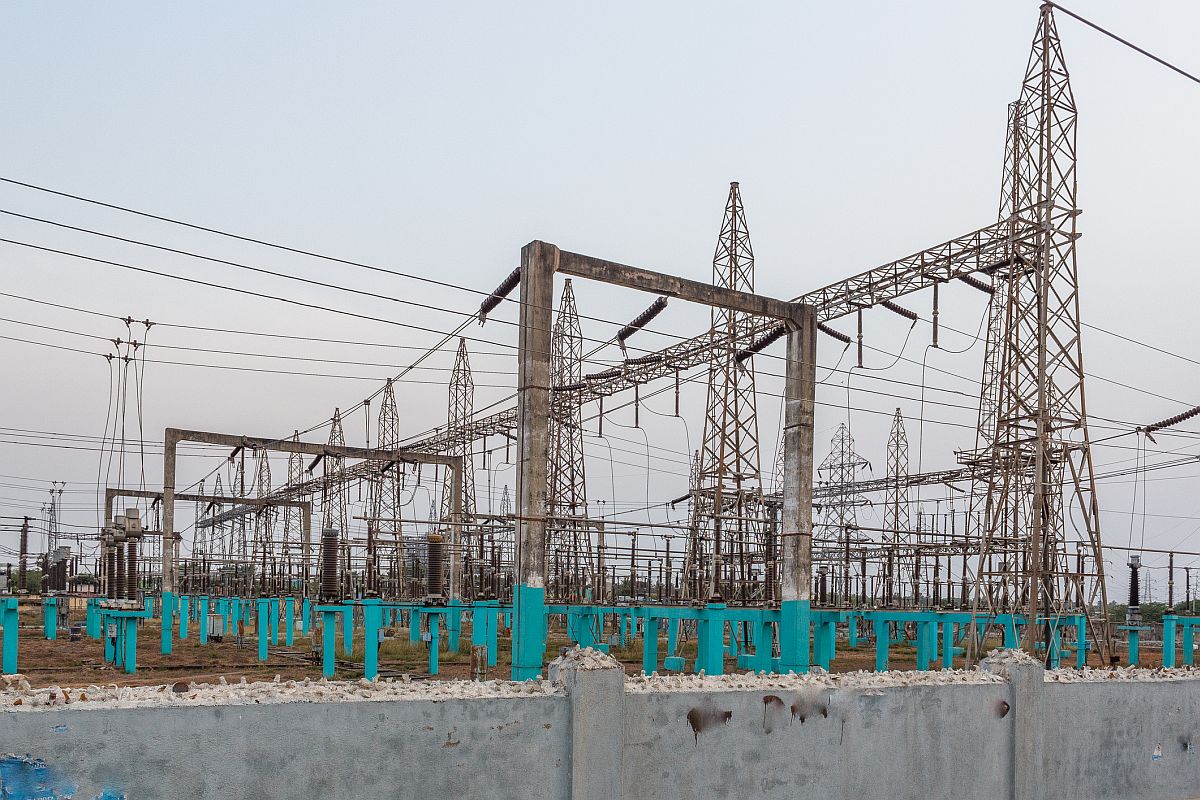UP govt gears up to combat severe heatwave in 2025
With forecasts of an intense heatwave and rising temperatures in 2025, the Uttar Pradesh government has launched comprehensive preparations to mitigate its impact.

With forecasts of an intense heatwave and rising temperatures in 2025, the Uttar Pradesh government has launched comprehensive preparations to mitigate its impact.

India’s climate crisis is no longer a distant threat; it’s an urgent, daily reality. The staggering statistics on extreme weather events in 2024 ~ over 3,200 lives lost, millions of hectares of farmland ruined, and countless homes and livestock destroyed ~ paint a grim picture of a nation bearing the brunt of climate change.

The Minister has directed for special heatwave units to be started in the Central government hospitals.

Amid the scorching heat during the day, the city witnessed strong surface winds up to speeds between 35-45 kmph while the sky was mainly clear.

The ministry on Tuesday said that the Northern Region of India has been experiencing high demand conditions due to a prevailing heat wave since May 17. Despite these challenging conditions, the highest-ever peak demand of 89 GW in the Northern Region was successfully met.
As heat waves threaten economic growth and health and test resilience across Indian states, measures must be taken to tackle the rising impacts of heat and the resulting changes in monsoon patterns.
The heatwave this year has exposed the urban water crisis in the national capital. The scorching heat and record high temperatures in Delhi are accompanied with an acute water shortage.
It is very concerning that annual trends in heatwaves now show temperature departures of 5-9 degrees Celsius from the normal summer weather.
The Bilaspur division alone has witnessed ten deaths due to the severe heat conditions.
A Met Department official said the temperatures would stay in the range of 41-44 degrees Celsius and humidity would be above 70 per cent, making the heat unbearable.
